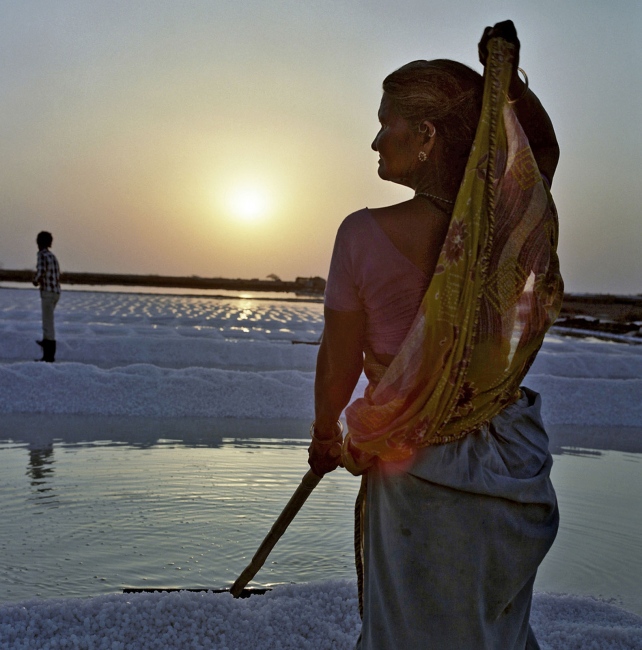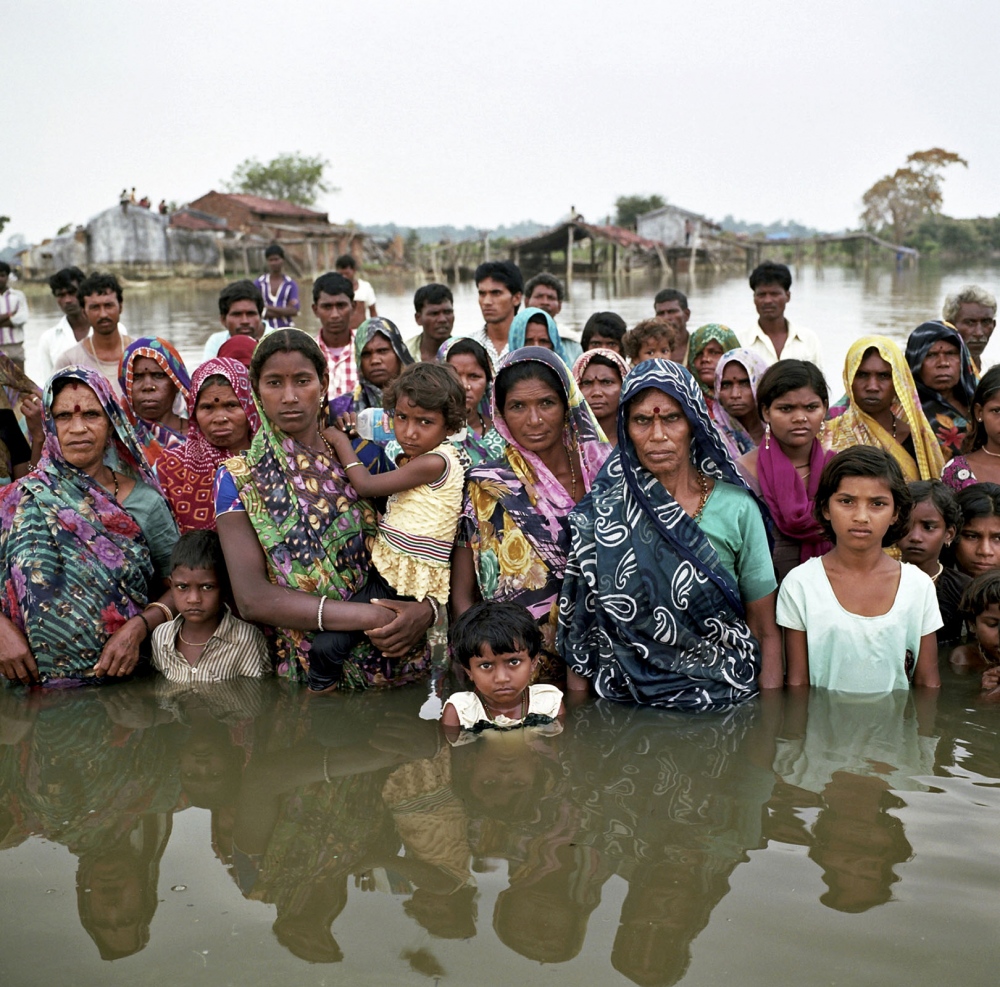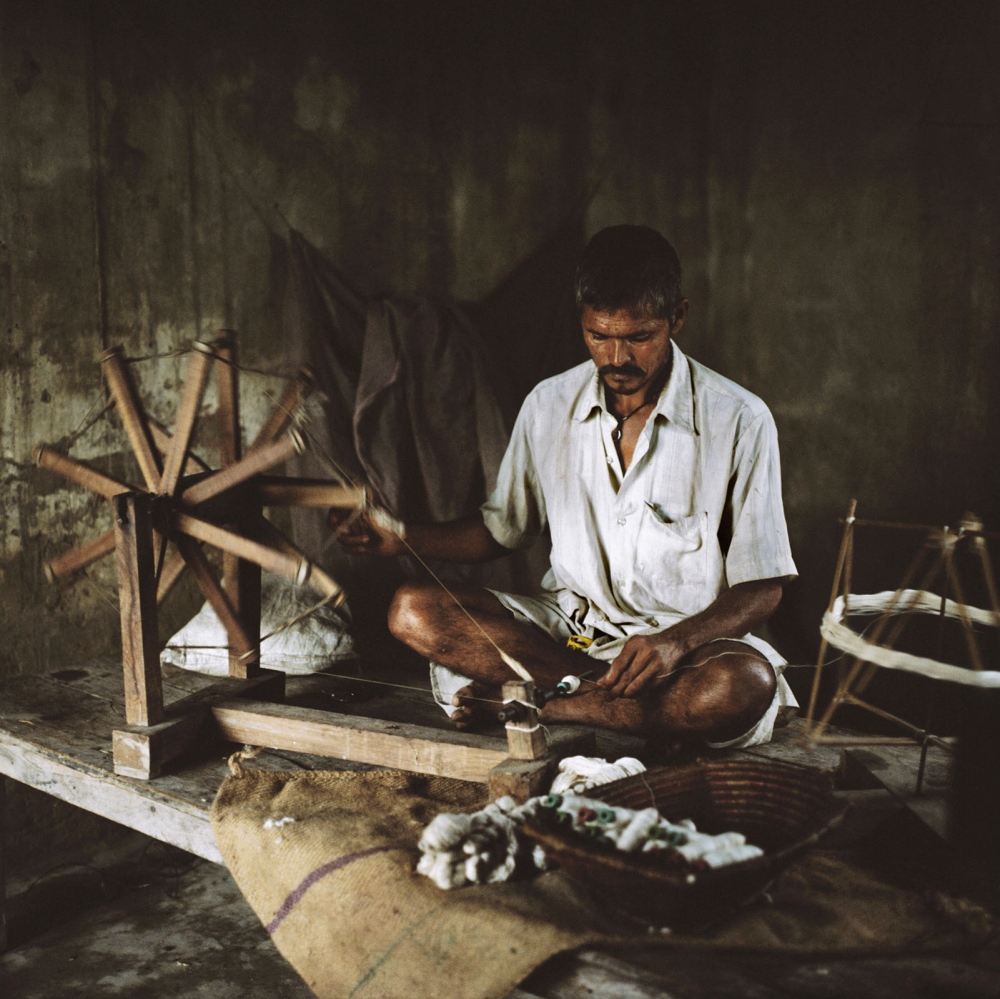Public Story
Gandhi
This story portrays Mahatma Gandhi and his enduring legacy in modern-day India trailing across the sub-continent with an attempt to put "flesh and bones" on Gandhi's ideas and values, finding people on whose life and work Gandhi made a lasting impact. The story also follows along the path of the Salt March in Gandhi's home state of Gujarat, photographing the modern day landscape from the historic route that was a pivotal point in India's fight for independence.


























